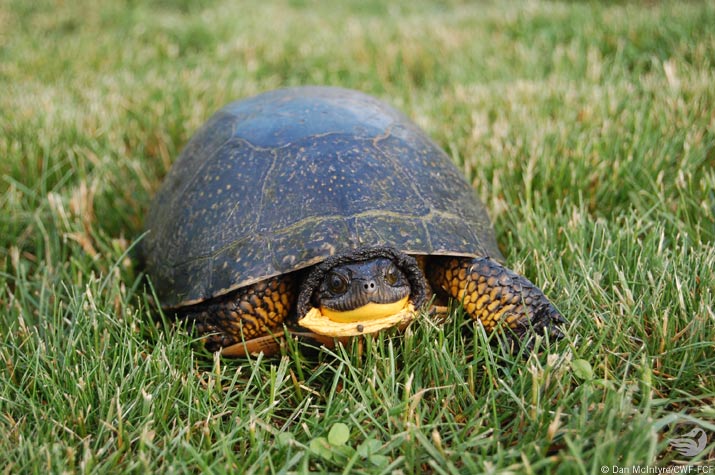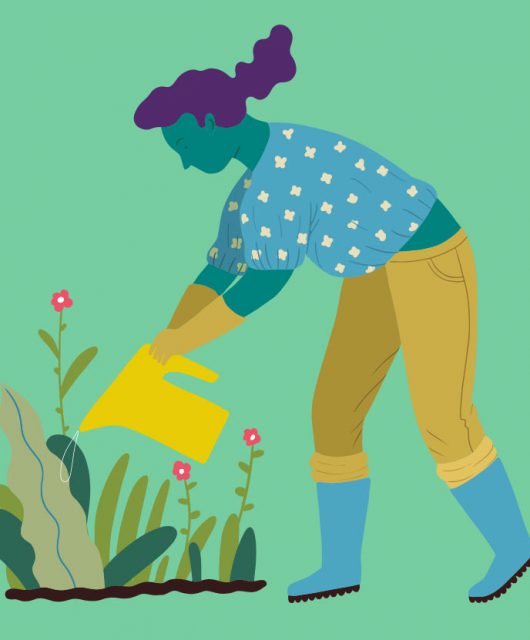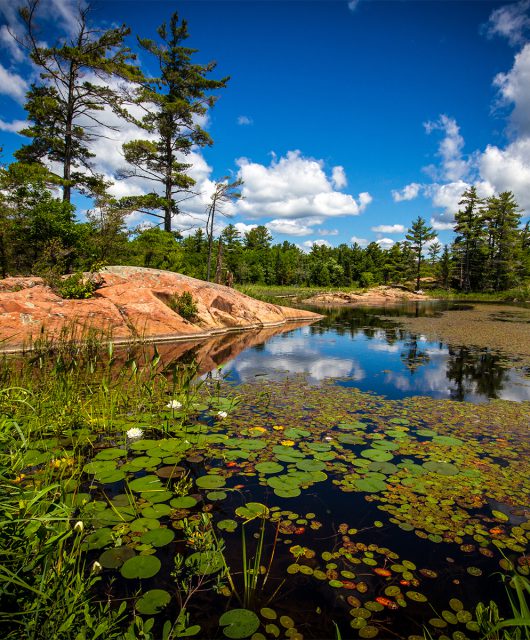You can conserve wetlands.
That’s right. I said it. Just to be clear: You can conserve wetlands.
Many parts of southern Canada have lost more than half of their historical wetlands. ~David Seburn, Freshwater Turtle Specialist
Habitat loss remains an ongoing threat for many species. In particular, wetland loss threatens species since so many wetlands have already been lost. But everyone can do something to help conserve our remaining wetlands.

Report Observations of the Blanding’s Turtle
The Blanding’s Turtle is listed as a Threatened species under the Ontario Endangered Species Act. How does reporting an observation of a turtle help protect wetlands? The Endangered Species Act provides habitat protection for threatened and endangered species.
Wetlands up to two kilometres from an observation of a Blanding’s Turtle can be protected when there are multiple wetlands. At a minimum, the wetland closest to the observation is protected. The habitat protection does not interfere with day to day activities around a wetland, or building a cottage nearby, but it would make it difficult to drain the wetland.
Any valid observation can increase the amount of protected wetland. It can be a photo of a Blanding’s Turtle basking on a log, or even a dead individual on a road. Observations of Blanding’s Turtles need to be carefully collected to be considered valid by the Ontario Ministry of Natural Resources & Forestry. A clear photograph of the turtle is needed, along with the specific location and the date.

Log Your Sighting on iNaturalist.ca
A simple way to collect that information and at the same time ensure it is submitted to the government is to use iNaturalist.ca. This is a citizen science project that allows people to easily document and upload photos of plants and animals.
Observations can be easily uploaded using the iNaturalist app on a smartphone. Using the app, snap a photo of a Blanding’s Turtle and then immediately upload the image and details about the observation. Or, take a photo with a digital camera that will zoom in for a close-up, and then submit the observation through the iNaturalist website.
The Right Info in Official Hands
Once an observation is submitted to iNaturalist, it will get into the right hands. The Natural Heritage Information Centre is the rare species tracking group of the Ontario Ministry of Natural Resources & Forestry. They gather up observations submitted to iNaturalist and identified as a Blanding’s Turtle. Those observations will then contribute to habitat protection.
It is hard to know if one particular observation will increase habitat protection for the Blanding’s Turtle. Possibly someone else has already submitted an observation from that location, but in many cases, an observation will result in new protected habitat. Even if your observation does not result in new protected habitat, the observation can still be valuable, to confirm the continued presence of the species in a given area and to provide information on activity times. And while observations from rural areas are always valuable, even observations in populated areas can result in new habitat protection.

Last year, during our turtle surveys, we added wetland protection from Blanding’s Turtle observations within the city of Ottawa. All observations are important. It is worthwhile submitting any Blanding’s Turtle observation to iNaturalist.
And you just never know when the next observation will protect a wetland and all the species that live there.




